Prato is a town just outside of Florence, Italy that is know for it's textile manufacturing since the Middle Ages. The textile museum, or Museo del Tessuto, houses a wide representation of historical garments and textiles created throughout the region. Within the museum is a textile archive and library. Their website also has some of the collection represented digitally, which you can find here:
https://www.museodeltessuto.it/en/collections/
Garment and Fabric exhibit
The main exhibit is within one room and is fairly small, but has a lot of visual information. It begins with garments from the 1700s. The garment industry was greatly accelerated throughout Europe in the 18th century, due to innovations in fabric manufacturing, application of designs on the fabrics, and the creation of devices capable of sewing garments mechanically.
Here is a display of a men's waistcoat from 1795-1805. The embroidered panel to the right shows how the fabric for the garment would have been embroidered to created the different areas of the waistcoat. For example, you can see the sections for the pockets and the reverse of the collar, as well as the stand collar along the back of the vest.
Here is an example of a woman's brocade "Spencer" jacket designed in Italy at the end of the 18th Century.
What was most interesting about the collection was that there were fashion plates with the actual textiles represented in the drawings.
Mid 19th century French design
In 1851, the first international "Great Exhibition" of textile manufacturing was held in London. These exhibitions became a place where international manufacturers could learn about the progress and developments of textile manufacturing. It was a chance to evaluate quality and aesthetics within the industry. In the garments below, you can see how the mechanical manufacturing of lace was incorporated into garments in the second half of the 19th century.
Two-piece wedding dress (1888) with application of mechanical linen lace.
Sample book of Claude Frères (France Winter 1889)
Lead by the women's emancipation movements of the early 20th century, the garment industry began to focus on less constricting garments for ones that were more simplified in silhouette, and focused on function. The decorative elements on garments could still be intricate, but the methods of creating them became more streamlined or mechanized.
Evening Gown (1910) with mechanical lace and tulle, brass beads and golden cord embroidery.
Close up of a 1920 evening gown with needle embroidery and glass beads; silk.
Raoul Dufy Designs for printed silk organza, and cut velvet printed silk (1918-1930)
Additional Exhibits in the Museum
In the museum there were also some interesting displays on the process of creating textiles, including the process of creating both natural and synthetic fibers, dying fibers, and elements of designing the pattern for the fabrics to be manufactured.Machines used for weaving fabric
Display of natural dyes and their reactions on different types of fibers.

The invention of synthetic fibers and how they led to advances in clothing manufacturing.

Sample cards of fabric designs and how the patterns are mapped out.
Kimono Exhibit
There is also currently a Kimono exhibit at the Prato Textile Museum which shows how Japanese kimonos and fabric designs influenced the clothing and furniture designers in Europe.Japanese inspired fabric used for furniture. Manufactured in Northern Europe (1925-1930). Cut velvet, printed; cotton.
The displays of the kimonos were nicely laid out, and there was a lot of variety of type and style of kimono.

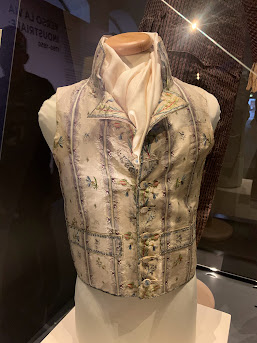
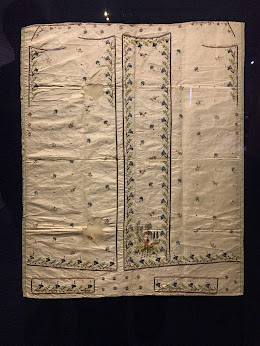





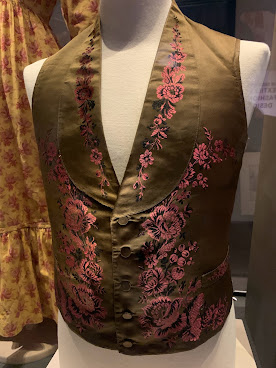






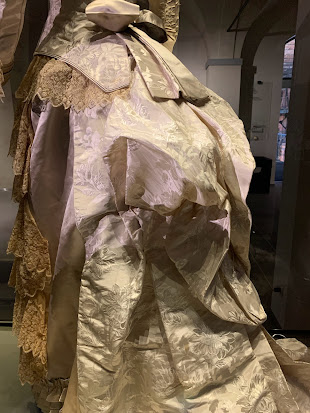



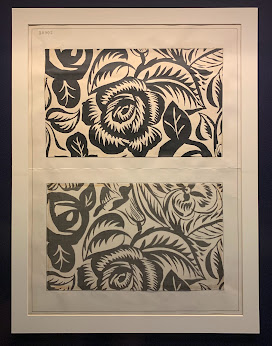

























No comments:
Post a Comment